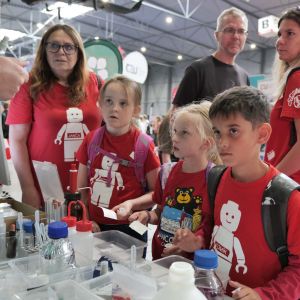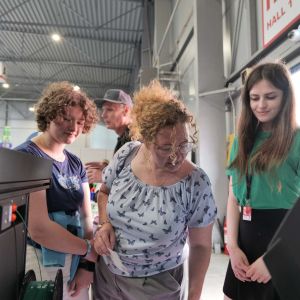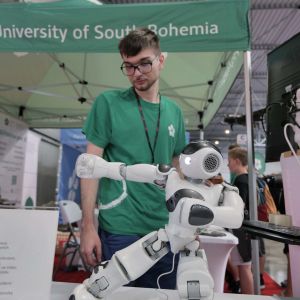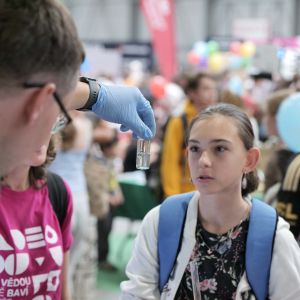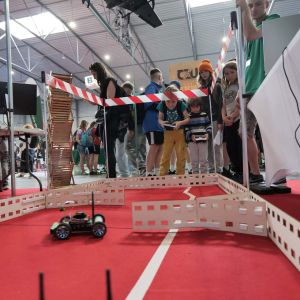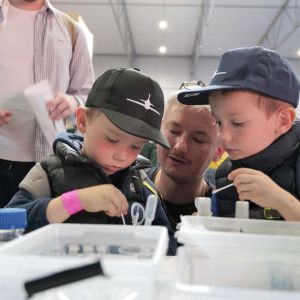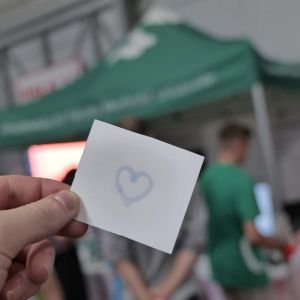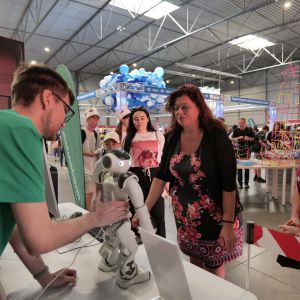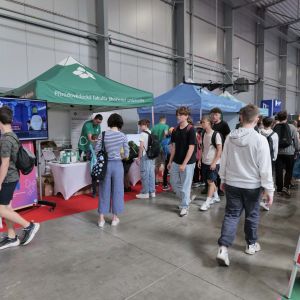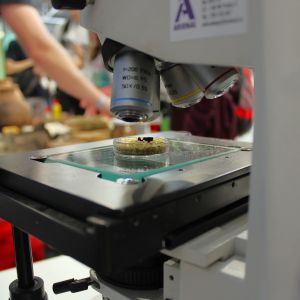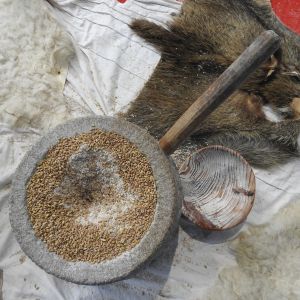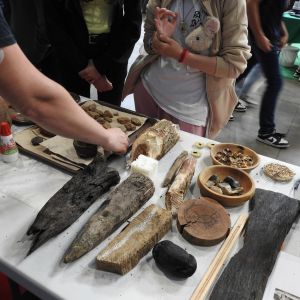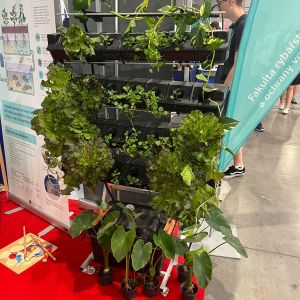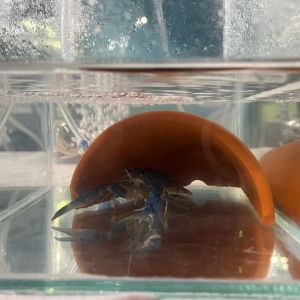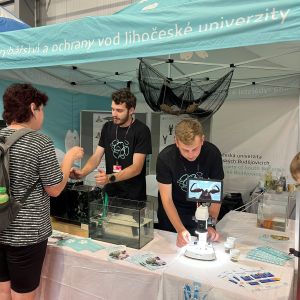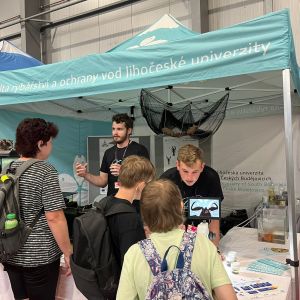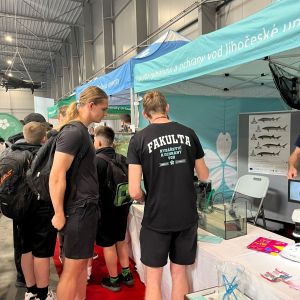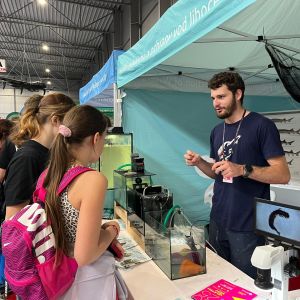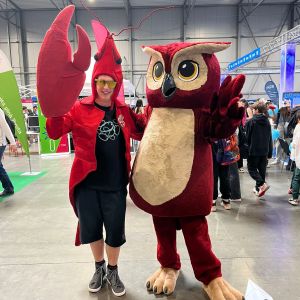The University of South Bohemia was presented at the Science Fair 2025
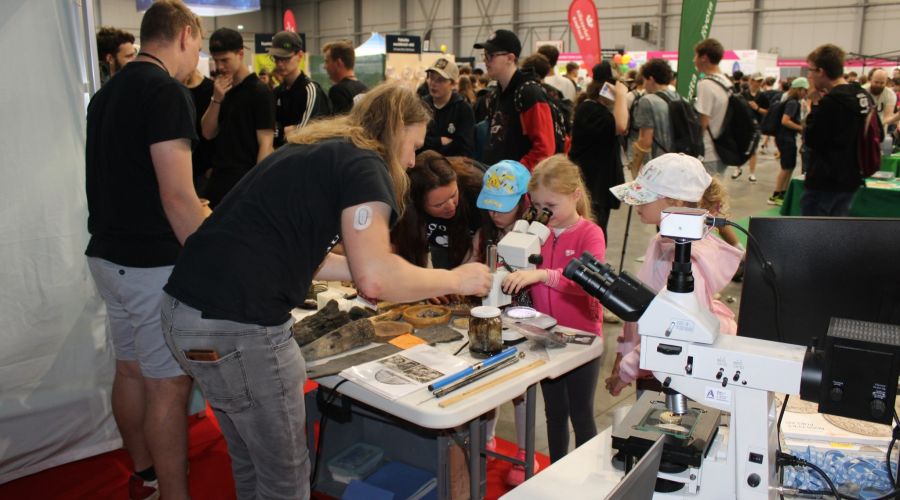
At this year’s Science Fair 2025, the University of South Bohemia in České Budějovice was represented by three faculties – the Faculty of Science, the Faculty of Arts, and the Faculty of Fisheries and Protection of Waters. Visitors had the opportunity to explore the world of science through interactive demonstrations, modern technologies, and entertaining activities for both children and adults.
Faculty of Science
The Department of Chemistry offered visitors the chance to prepare Tollens’ reagent and subsequently silver-plate a test tube with elemental silver. Interested guests could also make invisible ink from red cabbage, write a secret message, and reveal it using a chemical reaction. Both creations could be taken home as original souvenirs. A demonstration of the so-called “chemical chameleon” – a colorful reaction illustrating changes in oxidation states – also attracted much attention.
The Department of Computer Science showcased a wide range of technologies and projects in which students can actively participate during their studies. Among the biggest attractions was the humanoid robot Nao, who answered visitors’ questions, as well as Jetbots and Jetracers – small autonomous vehicles equipped with cameras and computational units. Some of them were able to follow a track or respond to their surroundings using artificial intelligence, while others could be driven by visitors themselves, which especially thrilled children.
A face-changing application using a neural network, demonstrating real-time image processing, also drew attention. Another highlight was a rock-paper-scissors game against artificial intelligence, which could react to the player’s behavior – for example, after an inappropriate gesture, it would “get angry” and stop giving chances to win.
Technically inclined visitors could see demonstrations involving a 3D printer, a 3D scanner, a mobile robotic chassis with a robotic arm, and a UAV (drone).
Faculty of Arts
The Archaeological Institute of the Faculty of Arts presented modern and innovative methods in archaeology, allowing the examination of finds with unprecedented precision. Visitors could see instruments such as microscopes or a laser profiler, as well as scientific methods like dendrochronology (dating based on tree rings) and archaeobotany (the study of plant remains and their relationship to humans).
The practical part of the exhibition offered the opportunity to grind grain using a replica of an Iron Age stone mill, which visitors enthusiastically tried.
Faculty of Fisheries and Protection of Waters
The Faculty of Fisheries and Protection of Waters brought to the Science Fair a model of a recirculating aquaculture system (RAS) and a model of aquaponics, thanks to which people learned how aquaculture works and what chemical processes enable plants to grow in an aquatic environment.
Children could play fun games on a magnetic board called “What’s for Dinner for the Fish?” and “What Does the Aquaponic Farmer Grow and Breed?” for which they received small souvenirs.
The greatest attention was drawn to the aquariums with sturgeons, where visitors learned more about their return to the wild or the production of so-called Sturgeon friendly caviar. Particularly interesting were also two crayfish, used to illustrate the issue of protecting native species, invasive species, and crayfish plague.
Faculty of Education and Faculty of Health and Social Sciences were also represented at the fair. As part of the project called VReduMED, which is included in the INTERREG CENTRAL EUROPE program, they presented a new VR application focused on first aid training. This application enables safe and authentic training of crisis situations. It simulates real-life scenarios where resuscitation is necessary – for example, rescuing a student in the classroom or a child by the pool. Participants had the chance to try out a model situation in virtual reality. Many of them were surprised by the realistic environment and enthusiastically shared their impressions after successfully managing the resuscitation. We would like to thank the Czech Educational Research Association for their support and for the opportunity to present the VR application at the Council of Scientific Societies booth.
There was also a live broadcast from the Science Fair for Czech Radio Plus – the program Věda Plus. The Faculty of Fisheries and Protection of Waters’ segment started at 13:54 and is available online: Celodenní záznamy | Český rozhlas
